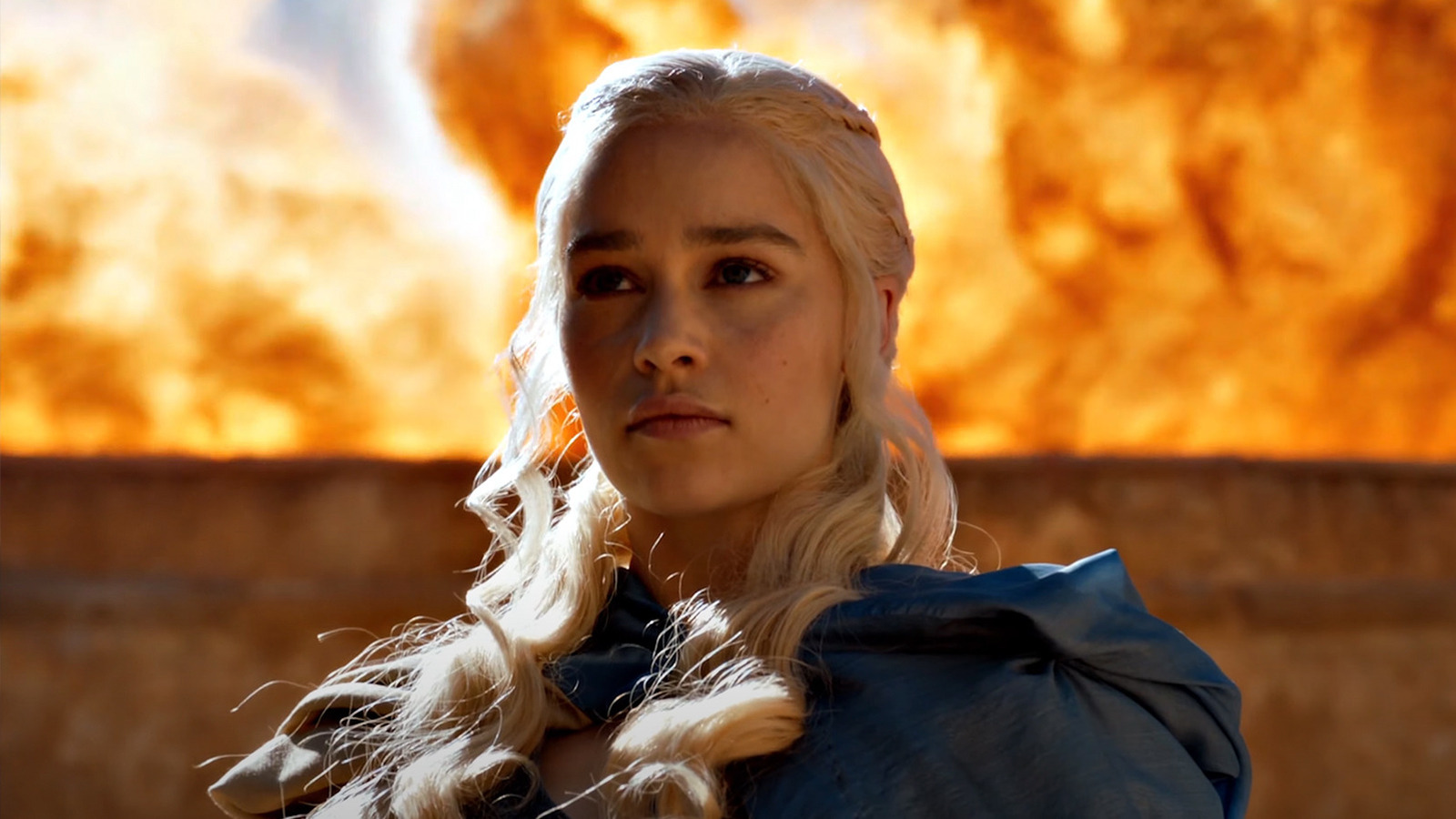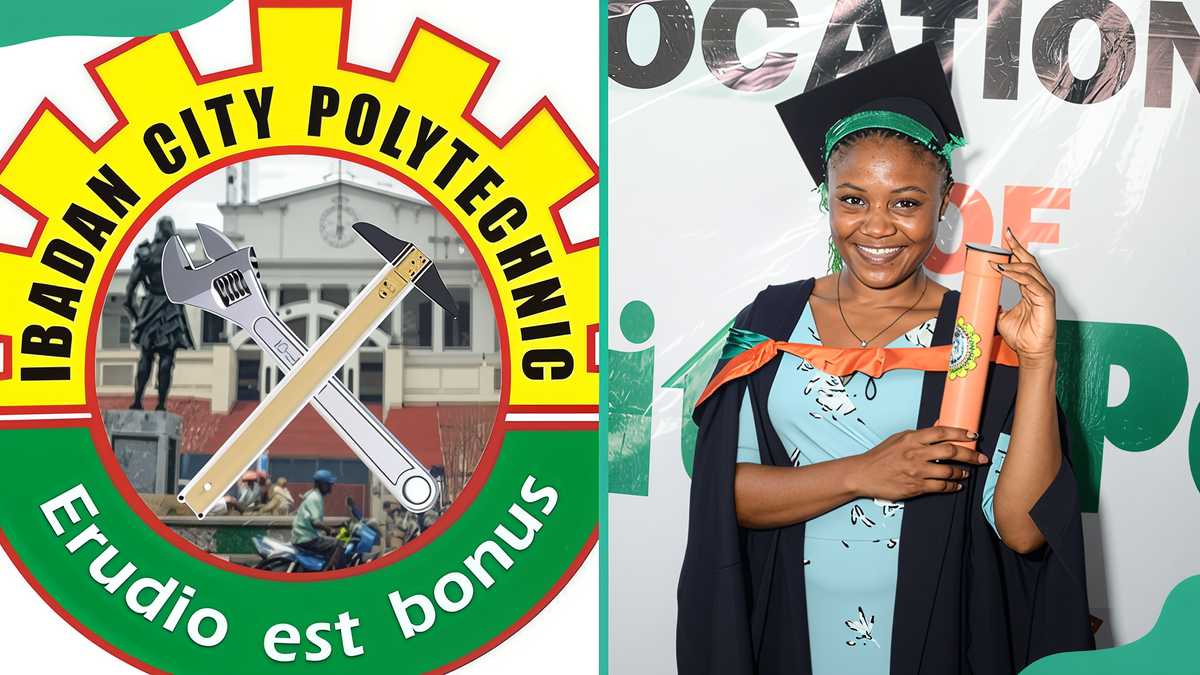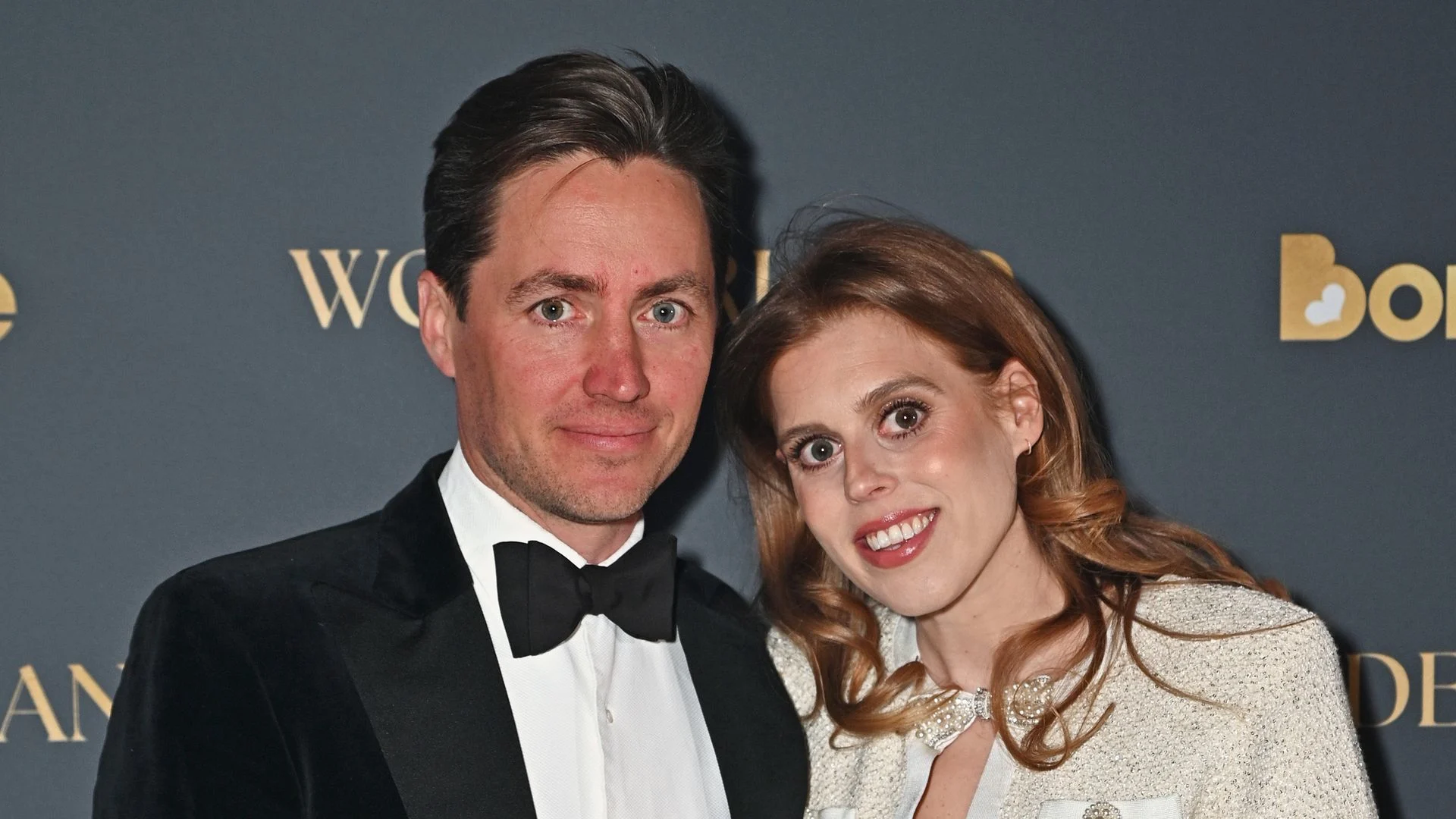
There’s a lot of bad computer-generated imagery (CGI) out there these days, from CGI monsters that missed the mark to the truly abysmal digital effects in 2023’s “The Exorcist: Believer.” But as any avid viewer of the Corridor Crew’s “VFX Artists React” series will know, there’s also a lot of awe-inspiring stuff being done with CGI. James Cameron’s “Avatar: The Way of Water” includes a scene so convincing it leaves you questioning reality, and there’s been no shortage of jaw-dropping CGI elements in the history of the “Star Wars” franchise.
Often, due to the prevalence of CGI in modern filmmaking, we don’t necessarily think about the incredibly meticulous work that goes into creating such moments. For instance, take “Game of Thrones.” In a show as epic and effects-laden as HBO’s monster hit series, you might expect the VFX artists to have encountered issues with rendering the series’ various fantastical creatures or grand landscapes. In reality, though, the big problem was legs. Specifically, Emilia Clarke’s legs.
Indeed, through no fault of her own, the Daenerys actor apparently caused no end of headaches for the “Game of Thrones” VFX team. Why? Because they came to realize their ingenious solution for depicting the Princess of House Targaryen riding atop a dragon wasn’t quite as foolproof as they initially thought.
After beginning “Game of Thrones” as an exiled princess, Daenerys evolves throughout the series to become a queen, conquering Slaver’s Bay along the way and renaming it to the Bay of Dragons. Of course, part of that journey involves the Mother of Dragons actually starting to fly atop her winged companions, with the “Game of Thrones” crew promising “dragons the size of 747s” for the show’s seventh and penultimate season. As Pixomodo VFX supervisor Derek Spears recalled in a 2019 interview with Vulture, “Game of Thrones” seasons 6 and 7 marked the start of Daenerys’ dragon-flying exploits, which presented some unexpected VFX challenges.
While it might sound like a fairly simple task in the age of CGI to render Clarke riding a flying dragon, it actually proved to be trickier than you might think. As Spears explained:
“One of the things we learned, doing season 5, was that when those dragons flew out of the arena, it looked a little bit too simple, because the cameras didn’t move. We thought, well, next season we should move the cameras more, and move her more, too.”
To create this effect, Spears and the team used a wooden “buck” as a stand-in for the dragon, which Clarke would sit atop while the show’s crew figured out all their camera moves and motion control. Unfortunately, there was an almost fatal flaw in this plan.
Using a big hunk of wood as a fake dragon might seem like a decent enough solution to depicting Clarke atop one of her flying beasts. But as Derek Spears explained, a fairly big issue soon cropped up:
“What we found out is that dragons aren’t like solid pieces of wood. They move, and when they move, they flex, and their muscles move too. So, we had the dragon flying and the muscles moving — but Dany’s legs didn’t react to any of it. So, we had to replace her legs.”
In the history of CGI, there have surely been more complex tasks than swapping out an actor’s legs with digital counterparts. But the trouble came with the sheer amount of shots that required Daenerys’ limbs to be digitally manipulated. Spears continued:
“We ended up replacing her legs on so many of the shots just to get it to follow the trap muscles on the back of the dragon. It was a nightmare. Everything else in those sequences was easy compared to trying to get her to sit on top of the stupid dragon with its stupid muscles. Some of the shots, we replaced her legs completely; others we mapped them on to a new piece of geometry and moved them around. Literally, we had to deform the lower half of her body to make it fit.”
The biggest issue appears to have been Clarke’s knees, which would slide across the surface of the dragon, immediately detracting from the effect. According to Spears, that “one little detail was probably half the labor that went into those shots.” Thankfully the show’s crew rallied and things worked out. It’s a shame the same can’t be said of the final season of “Game of Thrones,” though.
As tough as replacing Clarke’s legs with CGI was for the VFX team, actually riding a fake dragon wasn’t exactly easy for the actor either. In an interview with 60 Minutes, Clarke recalled the first time she shot such a scene while sitting atop a “hard green shell type thing” that was “manually operated” — something like a mechanical bull that required the crew to actually move it. The actor spoke about trying her hardest to convey the majesty of the moment but struggling with the limited technology she was given. “This is this magical moment for this character,” she remembered. “I’m at one with my animals, and I can take over the world. I’m gonna fly away, everything’s gonna be amazing. But, in truth, you’re like [mimes a rocking horse motion] and people are kind of looking around being like, ‘It looks kinda weird.'”
Soon, however, the production crew developed a new rig for Clarke, which was much bigger and, as the actor explained, split into four parts that all moved independently. Rather than being manually operated, this new version was controlled via what Clarke described as a “joystick,” with the operator sitting on-set to move the rig in real time. Meanwhile, the VFX team mapped out the dragon’s movements, even down to the breathing, with Clarke recalling how she was told to “allocate for dragon breathing” while sitting on the rig. As silly as that may sound, it goes back to the VFX team’s issues with matching the actor to the CGI dragon’s movements, and it was clearly designed to prevent them having to digitally manipulate Clarke’s movements after the fact — which, as we know, turned out to be nothing short of a nightmare when it came to her legs. Still, actually acting in these scenes sounds like a major challenge in and of itself. Clarke, who has spoken about there being one thing she would change about her time on “Game of Thrones” (no, it wasn’t the dragons), remembered having to learn how to preempt the dragon’s movements. “Because technically it’s me that is making the drawing [move],” she explained. “So, then you’re like, ‘Wait […] there’s 26 moves in there, you want me to preempt all of it and speak Dothraki … okay.”
As if all of the CGI and practical effect woes weren’t enough, the “Game of Thrones” VFX artists also had to employ a range of other techniques to bring the dragons of “Game of Thrones” to life. In a behind-the-scenes featurette, VFX floor supervisor Eric Carney explained how there were two types of camera rigs used for the dragons. One was known as “spider-cam,” which was essentially a “camera rigged to a cable run between two construction cranes” that could fly across battle scenes at speeds of up to 70mph. The other approach involved the use of high-tech drones from a company called Flycam, which shot super-steady footage over which the visual effects designers could superimpose digital dragons more easily than if they were working with footage from standard drone cameras.
Things got even more complicated for a scene in the season 7 episode “Beyond the Wall” in which Daenerys flies to rescue Jon Snow (Kit Harington) and his group of soldiers from a frozen lake. As VFX producer Steve Kullback explains in the featurette, the team “modeled the dragon and then laser-cut this full-scale giant piece of polystyrene to create a section of the dragon’s back.” This rig, which was much larger than the one used for Clarke’s solo rides, allowed Snow’s clan to act out jumping aboard Drogon. But just like with everything else dragon-related on “Game of Thrones,” none of it was easy, with Sandor Clegane actor Rory McCann saying while on-set, “I’ve got a bit of climbing to do on that contraption with a person on my shoulder. I just hope I can do it.” Of course, just like the VFX artists, he managed to overcome the difficulties and the final scene became one of the most memorable moments in “Game of Thrones.”



